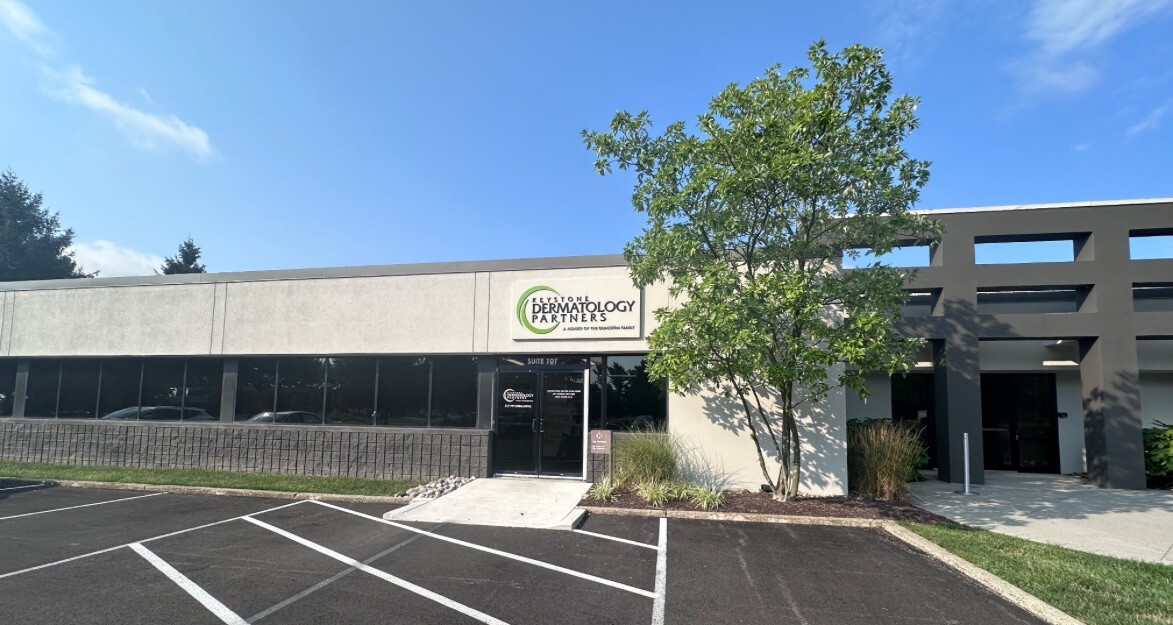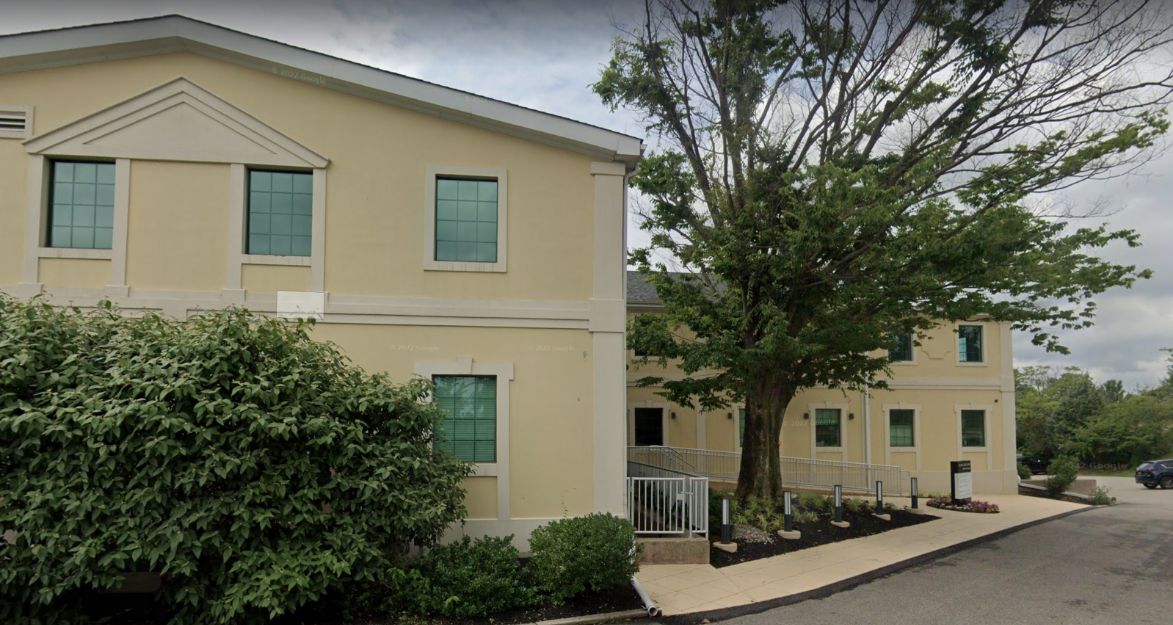Mohs Surgery
Mohs Surgery: The Ultimate Skin Cancer Treatment at Keystone Dermatology Partners
Mohs surgery is recognized as the gold standard for treating squamous cell carcinoma and basal cell carcinoma, the most common forms of skin cancer, and can also be utilized for early-stage melanoma. This highly effective procedure is performed under local anesthesia, meticulously removing skin cancer layer by layer. Each layer is immediately examined under a microscope to confirm the complete removal of cancerous cells, ensuring only healthy, cancer-free tissue remains.
At Keystone Dermatology, our Mohs surgeon possesses specialized training in cancer surgery, pathology, and reconstructive surgery, delivering the highest success rates in skin cancer treatments. With cure rates approaching 99 percent, Mohs surgery is the most precise and reliable method for treating skin cancer. Dr. Perlis' expertise ensures optimal cosmetic and functional results, minimizing scarring while preserving healthy tissue.
Why Choose Mohs Surgery?
Opting for Mohs surgery means benefiting from our highly skilled team’s comprehensive care and exceptional outcomes. Our dermatology team utilizes the latest techniques and advancements to provide each patient with the best possible treatment.
Regular annual skin exams are vital for detecting skin cancer early, when it is most treatable. Early detection and timely treatment can prevent the cancer from spreading and reduce the need for more extensive procedures. With a combination of routine screenings and advanced Mohs surgery, Pinnacle Dermatology offers a thorough approach to skin cancer care.
Discover how Mohs surgery can effectively treat your skin cancer while restoring your skin’s health and appearance. Schedule an appointment with our expert team at Keystone Dermatology today and take the first step toward a cancer-free future. Your skin health is our priority, and we are here to guide you every step of the way.
Examples of Mohs Surgery
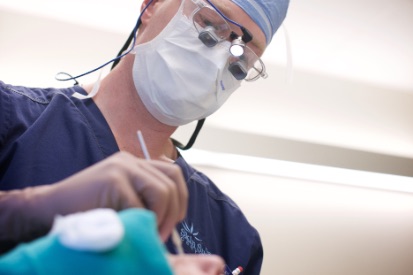


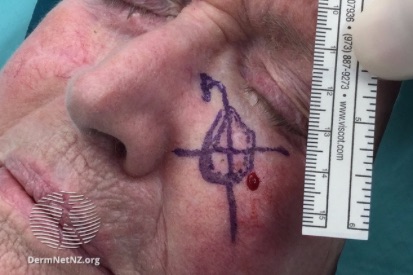
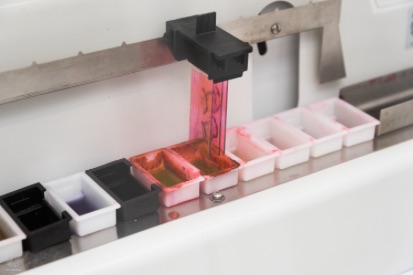
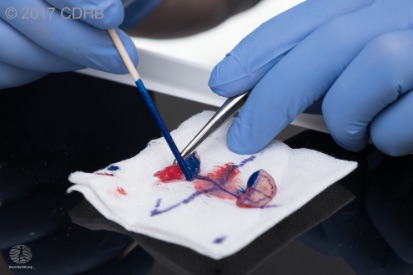
What is Mohs Surgery?
This technique allows dermatologists, trained in Mohs surgery, to see beyond the visible disease, and to precisely identify and remove the entire tumor, leaving healthy tissue unharmed.
This procedure is most often used in treating three of the most common forms of skin cancer: melanoma, basal cell carcinoma and squamous cell carcinoma.
What are the Benefits of Mohs?
Mohs Surgery at Keystone Dermatology in Philadelphia, PA
At Keystone Dermatology, we specialize exclusively in Mohs surgery and related dermatological procedures. This focused expertise allows us to continually hone our skills and remain at the forefront of the latest advancements in the field.
We are committed to providing exceptional care. Our Mohs surgeon, Dr. Clifford Perlis, has undergone extensive training beyond medical school and residency, ensuring that you receive the most comprehensive skin cancer treatment available.
Mohs Surgery FAQs:
By using detailed mapping techniques and complete microscopic control, the Mohs surgeon can pinpoint areas involved with cancer that are otherwise invisible to the naked eye. Therefore, even the smallest microscopic roots of cancer can be removed. The result is:
- The removal of as little normal skin as possible,
- The highest possibility for curing the cancer.
No. Mohs surgery is performed in a pleasant outpatient surgical suite and you may return home the same day. Hospital facilities are available if necessary.
Your appointment will be scheduled early in the day. Our staff will escort you into a surgical suite where the surgeon will numb the area around the skin cancer. Once it is numb, the visible cancer and a thin layer of tissue will be removed. This tissue is carefully mapped and coded by the surgeon and taken to the adjacent laboratory where the technician will immediately process the microscope slides. You will have a temporary dressing placed over the wound and you will be free to return to the reception area.
The surgical procedure alone takes 10-15 minutes. However, it takes a minimum of 1 1/2 to 2 hours to prepare and microscopically examine the tissues of each layer. Several surgical stages and microscopic examinations may be required, and you will be asked to wait in the patient reception area between stages. Although there is no way to tell before surgery how many stages will be necessary, most cancers are removed in three stages or less.
We would like to make the time you spend with us as pleasant and comfortable as possible. You may want to bring reading material to occupy your time while waiting for the microscope slides to be processed and examined. You may want to bring a sweater, as the temperature in our office varies. Magazines and beverages will be available in the reception area. If your visit extends through the lunch hour, your companion may visit the hospital cafeteria and bring you a snack or lunch since you are asked not to leave the reception area of our office.
The most difficult part of the procedure is waiting for the results from the laboratory. Since we do not know in advance how much time is necessary to remove the cancer and repair the wound, we ask that you plan to be in the office the entire day and that you make no other commitments. Please be sure to inform your companion and/or driver of this.
Yes. Any form of treatment will leave a scar. However, because Mohs surgery removes as little normal tissue as possible, scarring is minimized. Immediately after the cancer is removed, we may choose (1) to leave the wound to heal itself, (2) to repair the wound with stitches, or (3) to reconstruct the wound with a skin graft or flap. This decision is based on the safest method that will provide the best cosmetic result.
Will I need to come back? Usually one return visit is all that is needed to examine the healed surgical site or to remove your surgical dressings. Afterwards, you may return to your referring physician for routine check-ups. Lifetime annual check ups are considered essential. After having one skin cancer, statistics show that you have a higher chance of developing a second skin cancer. You should have your skin checked by your physician at least once each year for four years, not only to examine the treated skin cancer, but also to check for new skin cancers.
The best protection from skin cancer is to avoid the harmful ultraviolet rays of the sun. Even if you tan easily, the sun can contribute to skin cancer in two ways. First, the sunlight damages the genes that control cell growth, and second, sunlight damages the body’s immune system so that early cancers grow unchecked by normal immune defense.
Minimize your exposure by:
- Using any sunscreen with a sun protective factor (SPF) of at least 30 and preferably with UVA/UVB protection when you spend any time in the sun.
- Avoid sun exposure during mid-day hours (10:00 am – 4:00 pm)
- Do not stay outdoors unprotected on cloudy days since the ultraviolet light penetrates easily through the clouds.
From Our QualDerm Family of Providers: Mohs Surgery for Skin Cancer Care
What to Expect at Your During Your Mohs Procedure
Once the obvious tumor is removed, Mohs surgeons:
- remove an additional, thin layer of tissue from the tumor site.
- create a “map” or drawing of the removed tissue to be used as a guide to the precise location of any remaining cancer cells.
- microscopically examine the removed tissue thoroughly to check for evidence of remaining cancer cells.
- return to the specific area of the residual tumor indicated by the map
- remove another thin layer of tissue only from the specific area(s) where cancer cells were detected
- microscopically examine the newly removed tissue for additional cancer cells
How to Prepare for Mohs Surgery
These are general recommendations. We recommend working closely with your specific provider to plan and prepare for your Mohs surgery.
Planning for Recovery after Mohs Surgery
- Firstly, arrange for someone to drive you home after the procedure, as you may feel groggy from any anesthesia used.
- Plan to take it easy for a day or two, avoiding strenuous activities.
- And, follow your surgeon's post-operative care instructions diligently, which may include keeping the wound clean and dry.
After having one skin cancer, statistics show that you have a higher chance of developing a second skin cancer. You should have your skin checked by your referring dermatologist at least once a year for four years not only to examine the treated skin cancer but also to check for new skin cancers.
Featured Blogs

- Skin Cancer
- Skin Exams
With skin cancer cases rising year after year, it’s no surprise that people are itching to learn more about this life-threatening skin disease
Read More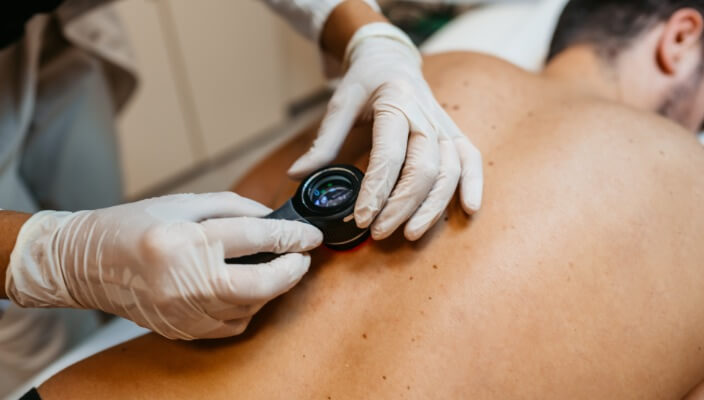
- Skin Cancer
- Skin Exams
In this blog, we’re covering what you need to know about five dangerous skin cancers, including basal cell carcinoma (BCC), squamous cell carcinoma (SCC), malignant melanoma, merkel cell carcinoma, and kaposi sarcoma.
Read More
- Skin Cancer
- General Dermatology
- Skin Exams
Navigating the landscape of Total Body Skin Exams: Uncover the comprehensive process, understand why it matters for skin health, and gain insights into what to expect during these essential dermatological examinations.
Read More
